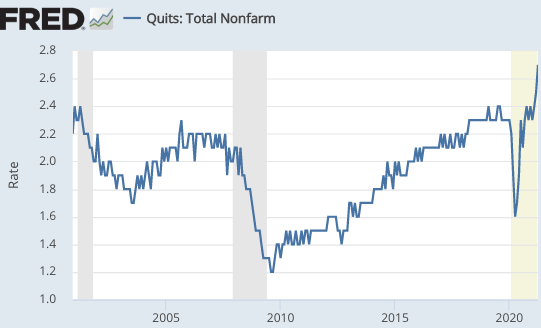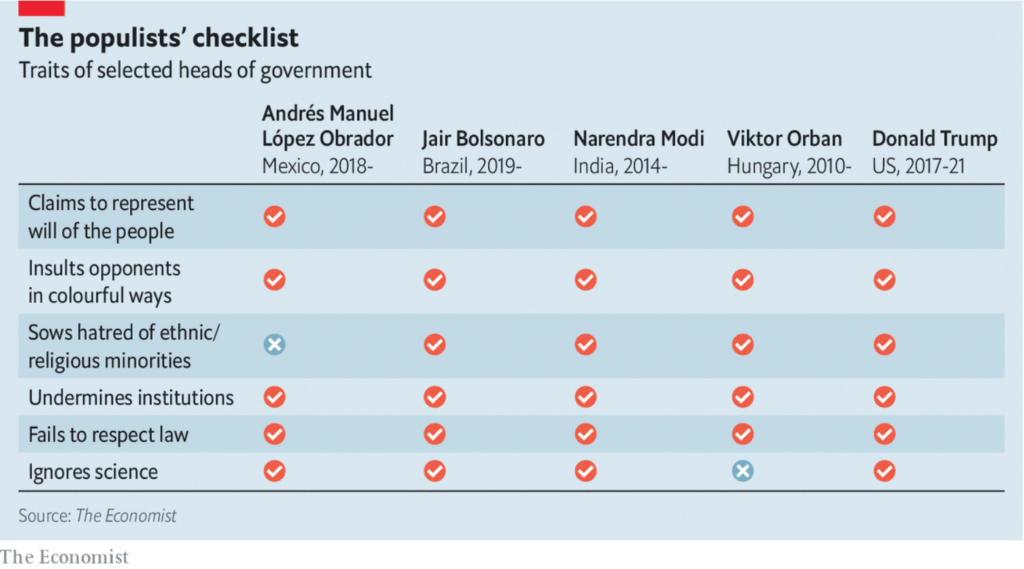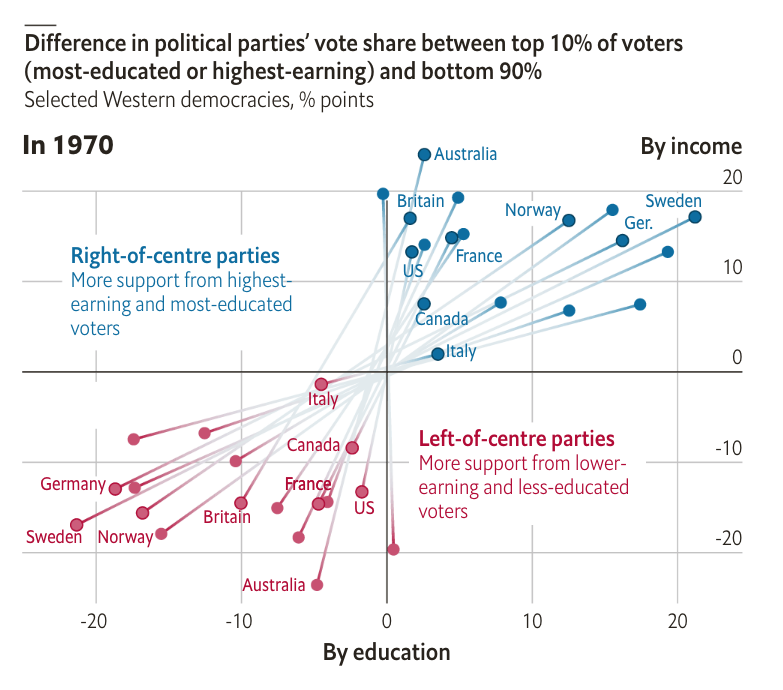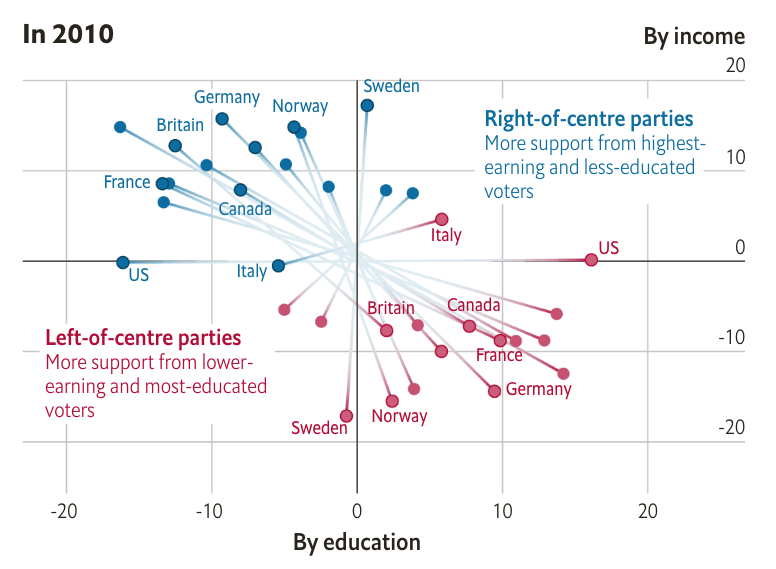Vermont and Wyoming
Vermont has the nation’s highest vaccination rate — 72.4%
Wyoming has a rate that is well below average — 38.2%
Why such a big difference? These states rank number 49 and 50 in population. Both states are lacking in big urban areas. Both states are overwhelmingly white, with relatively few minorities. At the same time, there are obviously huge cultural differences between the two states.
It’s also worth noting that Vermont has the lowest Covid fatality rate among the lower 48 states. Wyoming’s fatality rate isn’t that bad, but is 2 1/2 times worse than Vermont, and also far worse than states like Utah, Washington and Oregon.
I’d be surprised if Vermont’s high rate of vaccination was unrelated to its low Covid fatality rate. Perhaps both facts are related to Vermont’s culture. Perhaps Vermonters are risk averse people who “trust the science”. Here are two counterarguments for my claim:
1. Vaccination rates are high throughout the Northeast, and yet many northeastern states have high Covid fatality rates.
2. Perhaps culture doesn’t explain the low vaccination rates, rather in places with higher infection rates there is less vaccination because many people already have have natural immunity from previous exposure. They don’t believe they need to be vaccinated.
Of course, the second point in is tension with the first. Lots of people in Massachusetts have been exposed to Covid (far more than in Wyoming), so why such a high vaccination rate in Massachusetts?
In the Northeast, the worst Covid wave was during the spring of 2020, before many people realized the severity of the pandemic. In addition, those areas are densely populated. (Even indoors. I find that shopping in Mission Viejo is much less crowded than back in Boston.)
My best guess is that cultural differences explain the Vermont/Wyoming discrepancy in vaccination rates. This FT story has “nudge” suggestions for encouraging vaccination from behavioral research.
PS. Biden got 66.1% of the vote in Vermont, highest of any state in the country. In 1936, Alf Landon got 56.4% of the vote in Vermont, highest of any state in the country.
Vermont is weird.
PPS. Here’s a Yahoo story on Wyoming:
Some public health officials have resigned themselves to the reality that many in their community will not budge on shots.
In Wyoming’s Sweetwater County, population 44,000, authorities are at a loss for what else they can do to achieve herd immunity.
Sweetwater carries the unfortunate distinction of being the county with the steepest increase in infections in the state with the most new infections per capita in the country. Only a quarter of its residents are fully vaccinated, and public health officials don’t see the number budging much higher.
Jean Stachon, Sweetwater County’s health officer, said officials held mass clinics, brought vaccine doses to employers and churches and accept walk-ins at the public health office. They have sacrificed extra doses in a vial to vaccinate at least one person. But demand is minimal, even as the virus still looms in the community. Two people died of covid-19 in the last week. Eight emergency room patients were diagnosed with coronavirus in one night.





